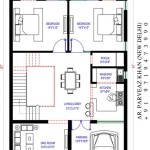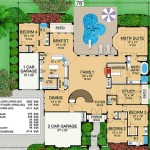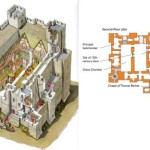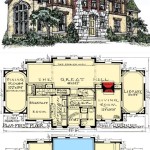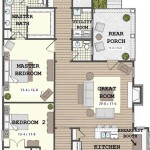Discovering the Essential Aspects of 3D House Plan Tools
In the realm of architecture and home design, 3D house plan tools have emerged as indispensable aids, revolutionizing the way professionals and homeowners alike visualize and plan their dream homes. With their intuitive interfaces and powerful capabilities, these tools empower users to craft detailed and immersive 3D models, providing unparalleled insights and control over the design process.
Understanding the essential aspects of 3D house plan tools is paramount to harnessing their full potential. Here are key elements to consider:
1. User Interface and Ease of Use
The user interface of a 3D house plan tool should be intuitive and user-friendly, enabling both novices and experienced designers to navigate the software effortlessly. Look for tools that offer a logical workflow, clear menus, and comprehensive tutorials to minimize the learning curve.
2. Object Library and Customization
An extensive library of pre-designed objects, materials, and textures is crucial for creating realistic and visually appealing 3D models. The ability to customize and modify these objects is equally important, allowing users to add their personal touch to the design.
3. Floor Plan Creation and Editing
The foundation of any house plan is its floor plan. 3D house plan tools should provide robust floor plan creation features, including the ability to draw walls, insert doors and windows, and adjust dimensions with precision. Advanced tools may offer parametric design capabilities, enabling users to make changes dynamically and update the entire model accordingly.
4. 3D Visualization and Virtual Tours
The true power of 3D house plan tools lies in their ability to generate stunning 3D visualizations. Realistic rendering and lighting effects bring the design to life, allowing users to walk through the virtual model as if they were exploring the actual building. Immersive virtual tours further enhance the experience, providing a comprehensive understanding of the space and its flow.
5. Collaboration and Sharing
In today's interconnected world, collaboration is essential. 3D house plan tools should facilitate seamless collaboration between architects, designers, contractors, and homeowners. Features like cloud storage, real-time syncing, and sharing options enable multiple users to access and work on the same project simultaneously.
6. Integration with Other Software
For a truly comprehensive design workflow, 3D house plan tools should integrate with other software, such as CAD programs, rendering engines, and project management tools. This interoperability allows users to seamlessly import and export data, streamlining the design process and reducing rework.
7. Compatibility and Support
Compatibility with various operating systems, devices, and browsers is crucial for ensuring accessibility and convenience. Additionally, professional and responsive support is essential for resolving any technical issues or providing guidance when needed.
By understanding and considering these essential aspects, you can choose the right 3D house plan tool that meets your specific needs and empowers you to create exceptional home designs with confidence and precision.

Sweet Home 3d Draw Floor Plans And Arrange Furniture Freely

Home Design Your House

3d Floor Plans Easily Communicate Your Vision Cedreo

Floor Plan App Live Home 3d

Free 3d Modeling Live Home

How Do You Make A 3d Floor Plan

Sweet Home 3d Draw Floor Plans And Arrange Furniture Freely
Home Design 3d On Google Play

3d Floor Plans

Free 3d Home Design Floor Plan Creator


